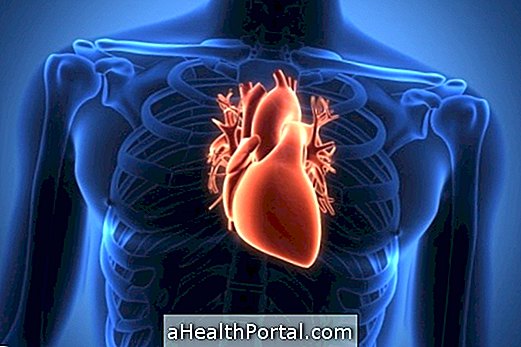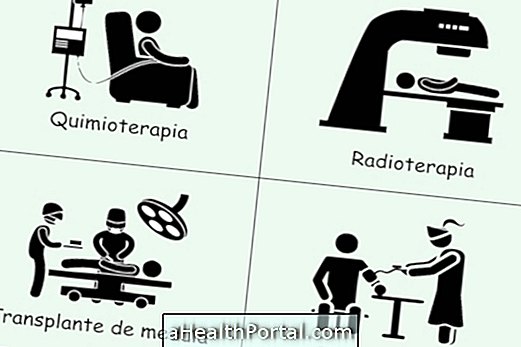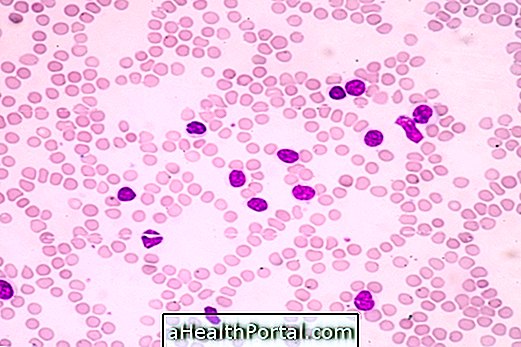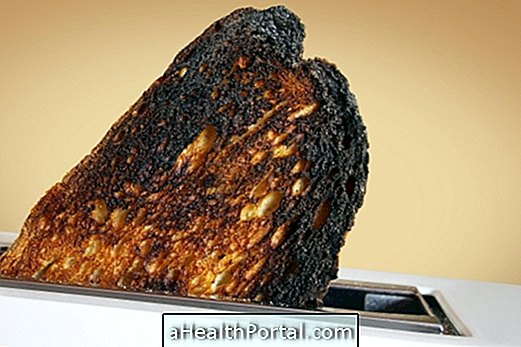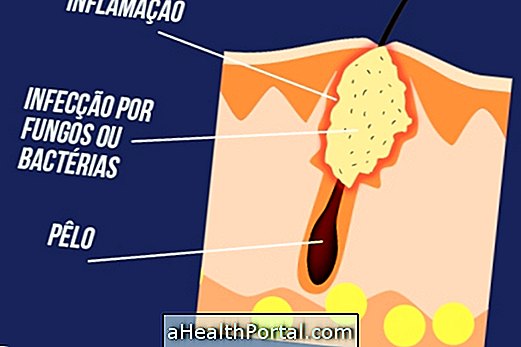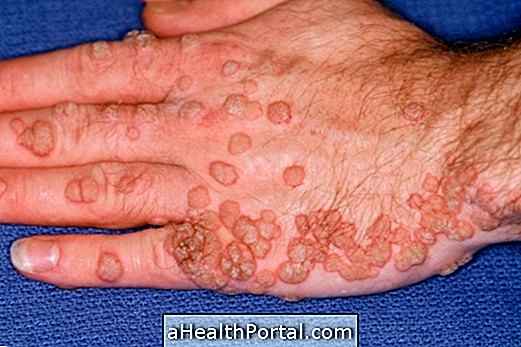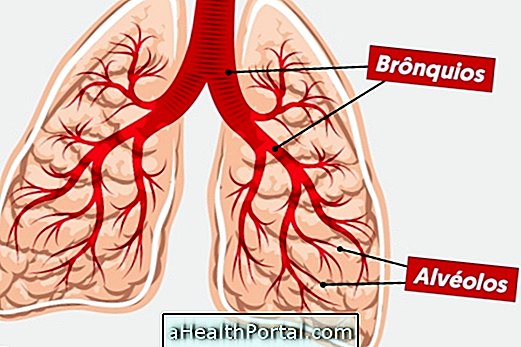Lymphocytic leukemia is a type of cancer characterized by a change in the bone marrow that leads to the exaggerated production of cells of the lymphocytic lineage, mainly lymphocytes, also called white blood cells, that act in the defense of the organism. Learn more about lymphocytes.
This type of leukemia can still be divided into two types:
- Acute lymphocytic leukemia or ALL, where symptoms appear quickly and happen more often in children. Although it develops very fast, this type has a greater chance of cure when the treatment is started early;
- Chronic lymphocytic leukemia or CLL, in which the cancer develops over months or years and, therefore, symptoms may appear slowly, being identified when the disease is already at a later stage, which makes treatment difficult. Learn more about the LLC.
Typically, lymphocytic leukemia is more common in people who have been exposed to large amounts of radiation, who have been infected with HTLV-1, who smoke or who have syndromes such as neurofibromatosis, Down syndrome or Fanconi anemia.
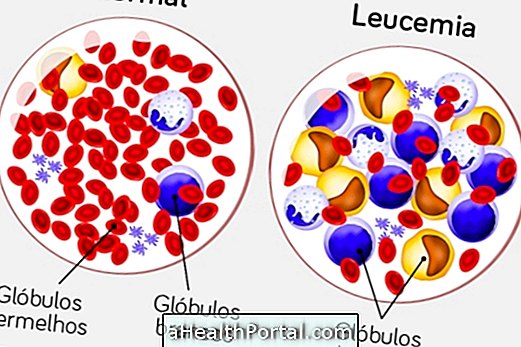
What are the main symptoms
Early symptoms of lymphoid leukemia may include:
- Excessive tiredness and lack of energy;
- Loss of weight without apparent cause;
- Frequent dizziness;
- Night sweats;
- Difficulty breathing and shortness of breath;
- Fever above 38ºC;
- Infections that do not go away or come back many times, such as tonsillitis or pneumonia;
- Easy to have purple spots on the skin;
- Easy bleeding from the nose or gums.
Generally, it is easier to identify acute lymphoid leukemia because the symptoms appear almost at the same time, and in the chronic the symptoms appear isolated and, therefore, may be a sign of another problem, which delays the diagnosis. In addition, in some cases of chronic lymphocytic leukemia the symptoms may not even exist, being only identified due to changes in the blood count.
Thus, to make the diagnosis as early as possible, it is important to consult a clinician as soon as any of the symptoms appear to require a blood test and to identify if there are any changes that should be evaluated.
Acute lymphoid leukemia
Acute lymphoblastic leukemia, popularly known as ALL, is the most common type of cancer in childhood, however more than 90% of children who are diagnosed with ALL and receive the correct treatment achieve complete remission of the disease.
This type of leukemia is characterized by the presence of exaggerated lymphocytes in the blood and by the rapid onset of symptoms, which allows diagnosis and early treatment, which is usually done with chemotherapy.
How is the diagnosis made?
The diagnosis of lymphoid leukemia is made by an oncologist or hematologist through the symptoms presented by the patient and the result of the hemogram and the differential count in the blood smear, where many lymphocytes are verified and in some people, it may still be noticed a decrease in concentration hemoglobin, red blood cells, or decreased platelets. Entees moreenteente moreenteenteenteenteenteenteenteenteenteenteenteenteenteenteenteenteenteenteenteenteenteenteenteenteenteenteenteenteenteenteenteenteentees
How is the treatment done?
The treatment is indicated by the doctor according to the type of leukemia, and can be done through chemotherapy or bone marrow transplantation, for example. Generally, in cases of acute leukemia the treatment is more intense and aggressive in the first months, being reduced over 2 years.
In the case of chronic lymphocytic leukemia, treatment can be done throughout life, depending on the degree of development of the disease may be only possible to reduce the symptoms.
Understand the difference between this type of leukemia and myeloid leukemia.
